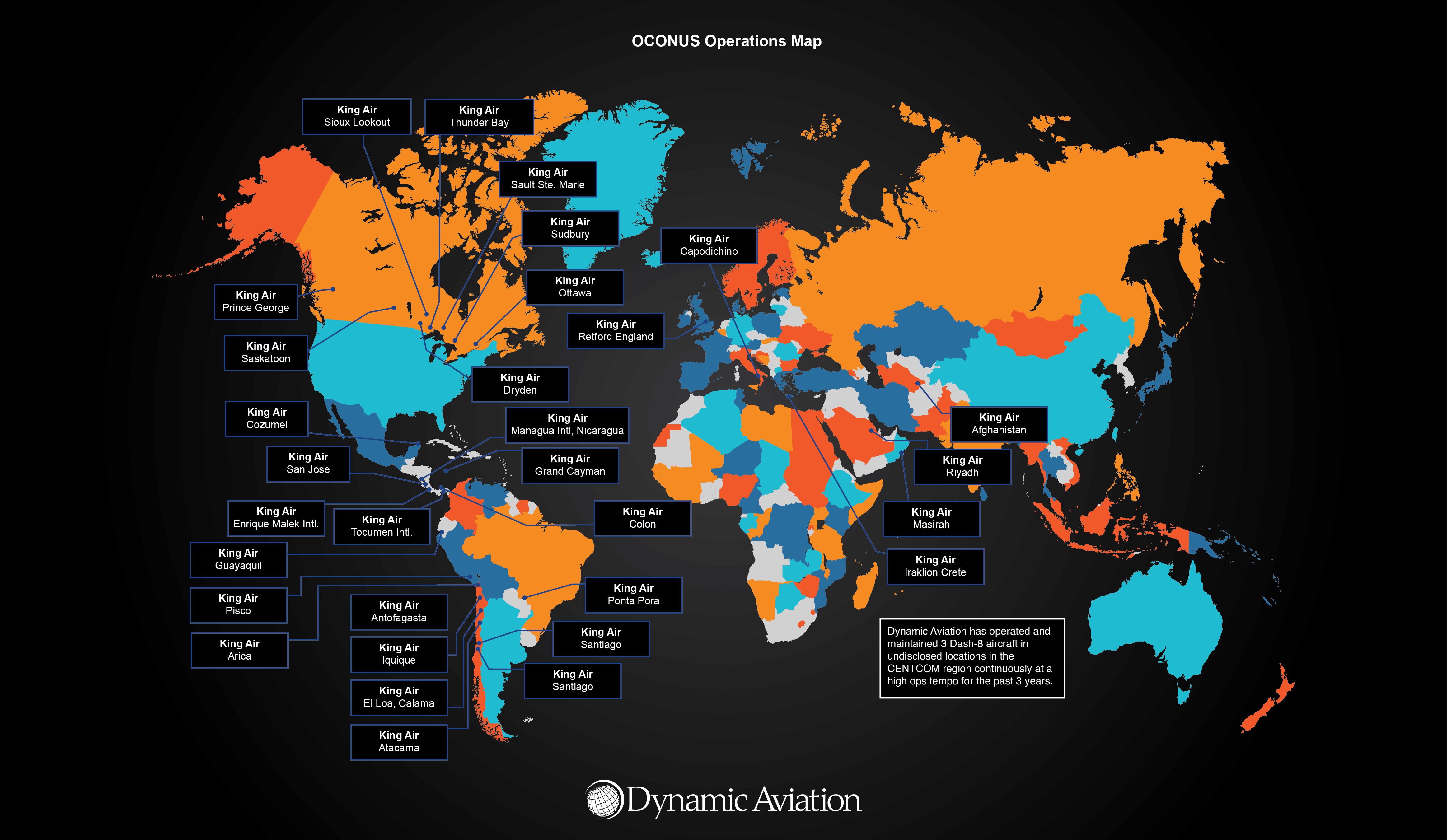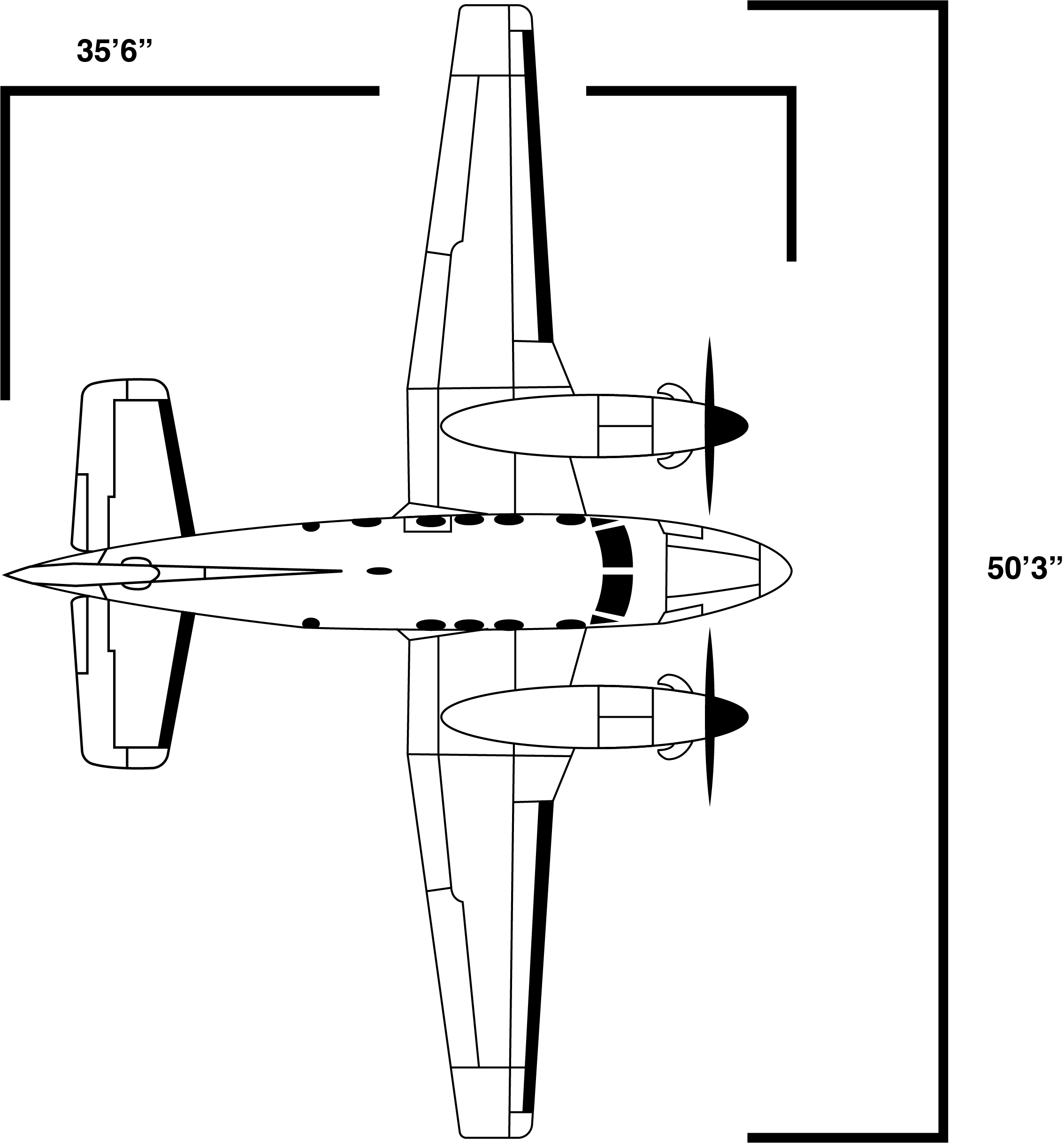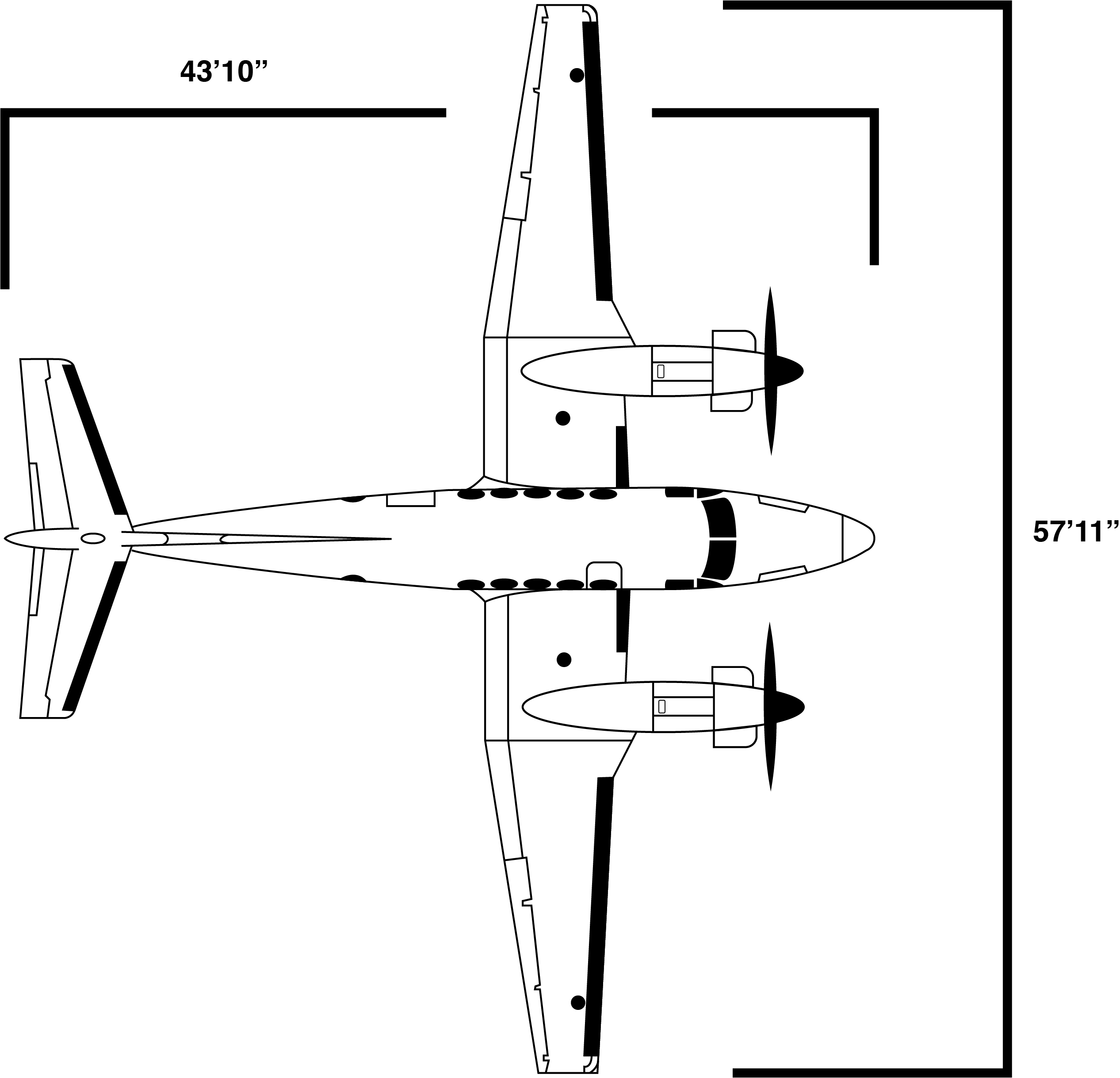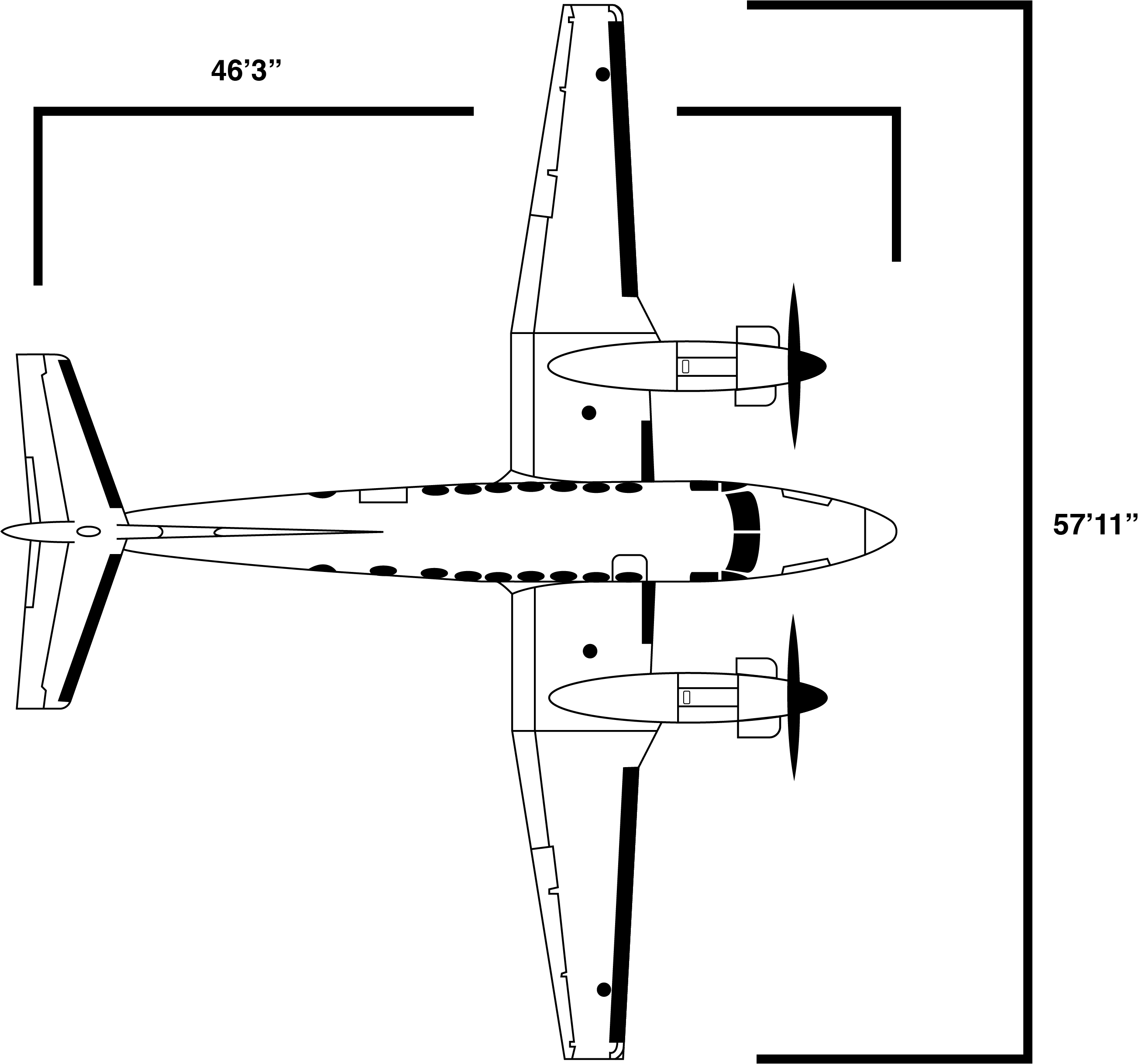
Beechcraft King Air
Our King Air Fleet: Versatility, Performance, and Reliability
Dynamic Aviation operates a fleet of Beechcraft King Air 90s, 200s, and 350s, offering unmatched versatility, efficiency, and reliability to meet a wide range of mission requirements. Whether providing executive transport, aerial reconnaissance, special missions, or air ambulance services, our King Air fleet delivers exceptional performance with the ability to access shorter runways and remote locations.
King Air 90: Agile and Efficient
The King Air 90 is a highly capable twin-engine turboprop designed for efficiency and flexibility. With seating for up to seven passengers, a quiet and comfortable cabin, and excellent fuel efficiency, this aircraft is ideal for operations requiring access to smaller airfields. Its short takeoff and landing capabilities, combined with proven reliability, make it a trusted choice for both private and commercial applications.
King Air 200: Proven Performance with Enhanced Capabilities
The King Air 200 builds on the King Air legacy with increased power, range, and capacity. Featuring a spacious cabin for up to nine passengers and equipped with Pratt & Whitney Canada PT6A engines, it offers faster cruise speeds and extended range, making it well-suited for executive travel, air medical services, and special mission operations. Advanced avionics improve situational awareness, ensuring a safe and efficient flying experience.
King Air 350: Maximum Capability and Range
The King Air 350 represents the pinnacle of the King Air series, providing increased payload capacity, longer range, and superior comfort. With a larger cabin, seating for up to 11 passengers, and state-of-the-art avionics, the King Air 350 excels in demanding operational environments. Its endurance and versatility make it a preferred choice for corporate travel, surveillance missions, and government operations.
A Commitment to Excellence
At Dynamic Aviation, we leverage our King Air fleet to provide tailored solutions that meet the evolving needs of our customers. Whether supporting critical missions, executive transport, or special operations, our aircraft deliver unparalleled reliability, flexibility, and performance. Our commitment to safety, efficiency, and innovation ensures we continue to serve with excellence, offering the right aircraft for the right mission.

This map highlights Dynamic Aviation’s OCONUS King Air operations over the past three years, showcasing our extensive international presence. Each marked location represents a mission where our King Air fleet has delivered reliable performance in critical operations, from reconnaissance to specialized aviation support. With a proven track record of adaptability and excellence, Dynamic Aviation continues to provide mission-ready aircraft and expertise wherever they are needed worldwide.
A90
Dynamic Aviation operates the King Air 90 as a versatile and efficient platform for a wide range of special mission operations. As a light twin-turboprop aircraft, the King Air 90 offers exceptional reliability, fuel efficiency, and short takeoff and landing capabilities, making it ideal for missions requiring access to remote or constrained airfields. With its advanced avionics and mission-specific modifications, the King Air 90 provides operational flexibility while maintaining excellent situational awareness and efficiency. Whether supporting ISR (Intelligence, Surveillance, and Reconnaissance), airborne data collection, or other specialized aviation roles, the King Air 90 remains a trusted and capable asset for mission-critical operations.

Specifications
- Crew: 1 or 2 pilots
- Length: 10.82 meters (35 feet 6 inches)
- Wingspan: 15.32 meters (50 feet 3 inches)
- Height: 4.37 meters (14 feet 4 inches)
- Maximum Takeoff Weight: 9,650 to 10,485 lbs
- Maximum Range: Approximately 2,560 kilometers (1,380 nautical miles)
- Maximum Cruise Speed: Approximately 498 kilometers per hour (269 knots or 309 miles per hour)
- Engines: Powered by 2 Pratt & Whitney Canada PT6A turboprop engines
- Engine Power: Approximately 550 shaft horsepower per engine
- Fuel Capacity: Approximately 1,420 liters (375 US gallons)
- Service Ceiling: Approximately 9,450 meters (31,000 feet)
- Runway Requirements: Varies depending on factors such as weight, temperature, and elevation, but typically around 799 meters (2,620 feet) for takeoff and 518 meters (1,700 feet) for landing.
200
Dynamic Aviation operates the King Air 200 in a variety of special mission roles, leveraging its versatility and performance for critical operations worldwide. As a larger and more powerful variant than the King Air 90, the King Air 200 offers increased range, payload capacity, and mission endurance, making it well-suited for specialized aviation roles. With its enhanced performance, faster cruise speeds, and advanced avionics, the aircraft provides superior situational awareness and operational efficiency. Whether supporting ISR (Intelligence, Surveillance, and Reconnaissance), aerial survey, or other mission-critical applications, the King Air 200 remains a reliable and adaptable platform for high-demand operations.

Specifications
- Crew: 1 or 2 pilots
- Length: 13.36 meters (43 feet 10 inches)
- Wingspan: 17.65 meters (57 feet 11 inches)
- Height: 4.57 meters (15 feet)
- Maximum Takeoff Weight: 5,670 kilograms (12,500 pounds)
- Maximum Range: Approximately 2,908 kilometers (1,570 nautical miles)
- Maximum Cruise Speed: Approximately 540 kilometers per hour (291 knots or 335 miles per hour)
- Engines: Powered by 2 Pratt & Whitney Canada PT6A turboprop engines
- Engine Power: Approximately 850 to 1,050 shaft horsepower per engine
- Fuel Capacity: Approximately 2,132 liters (563 US gallons)
- Service Ceiling: Approximately 10,668 meters (35,000 feet)
- Runway Requirements: Varies depending on factors such as weight, temperature, and elevation, but typically around 1,060 meters (3,480 feet) for takeoff and 765 meters (2,510 feet) for landing.
350
Dynamic Aviation operates the King Air 350 in a variety of special mission roles, leveraging its enhanced capabilities for critical operations worldwide. As a larger and more powerful variant, the King Air 350 offers increased seating capacity, a more spacious cabin, and extended endurance, making it ideal for complex and sustained missions. With its enhanced performance, faster cruise speeds, and advanced avionics, the aircraft delivers superior situational awareness and operational efficiency. Whether supporting ISR (Intelligence, Surveillance, and Reconnaissance), airborne data collection, or other specialized missions, the King Air 350 remains a proven and reliable platform for high-stakes operations.

Specifications
- Crew: 1 or 2 pilots
- Length: 14.22 meters (46 feet 8 inches)
- Wingspan: 17.65 meters (57 feet 11 inches)
- Height: 4.37 meters (14 feet 4 inches)
- Maximum Takeoff Weight: 7,484 kilograms (16,500 pounds)
- Maximum Range: Approximately 3,345 kilometers (1,807 nautical miles)
- Maximum Cruise Speed: Approximately 578 kilometers per hour (312 knots or 359 miles per hour)
- Engines: Powered by 2 Pratt & Whitney Canada PT6A-60A turboprop engines
- Engine Power: Approximately 1,050 shaft horsepower per engine
- Fuel Capacity: Approximately 2,964 liters (783 US gallons)
- Service Ceiling: Approximately 10,668 meters (35,000 feet)
- Runway Requirements: Varies depending on weight, temperature, and elevation, but typically around 1,097 meters (3,600 feet) for takeoff and 808 meters (2,650 feet) for landing.
